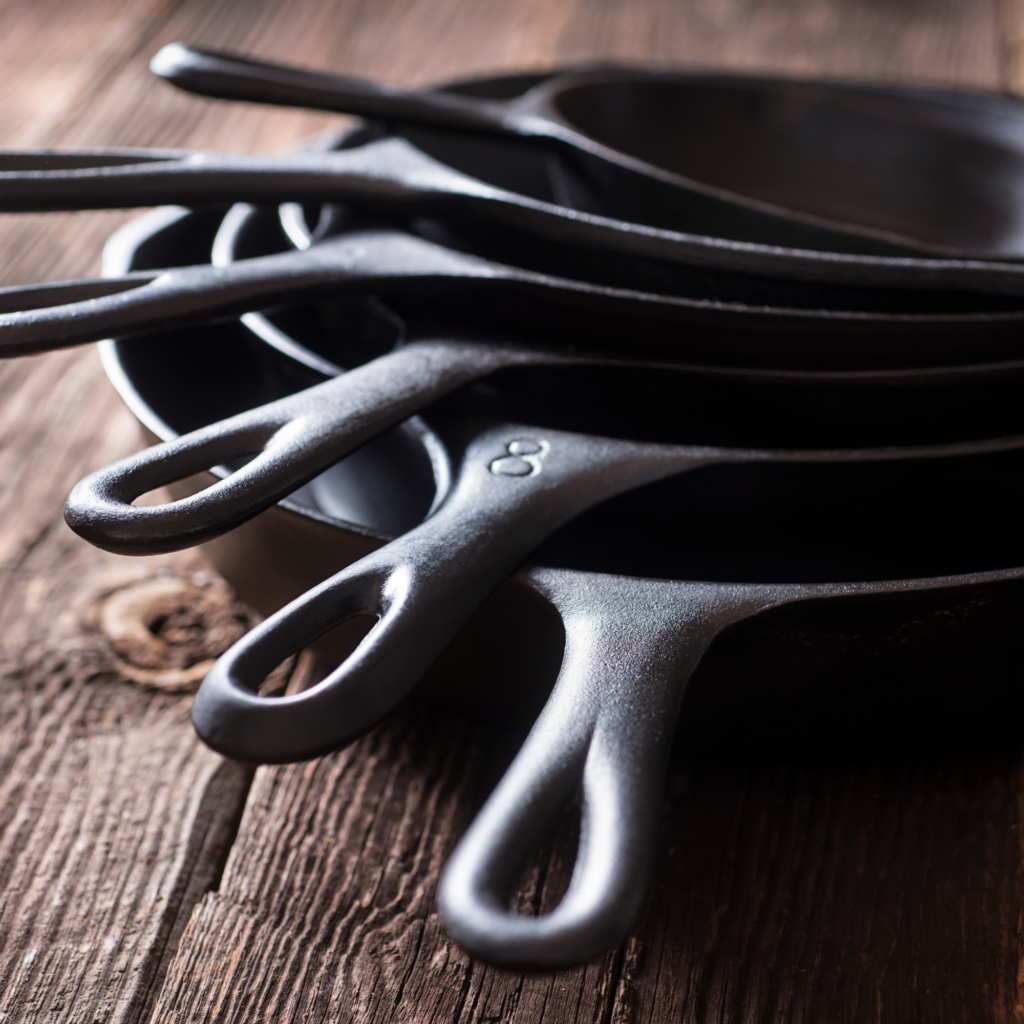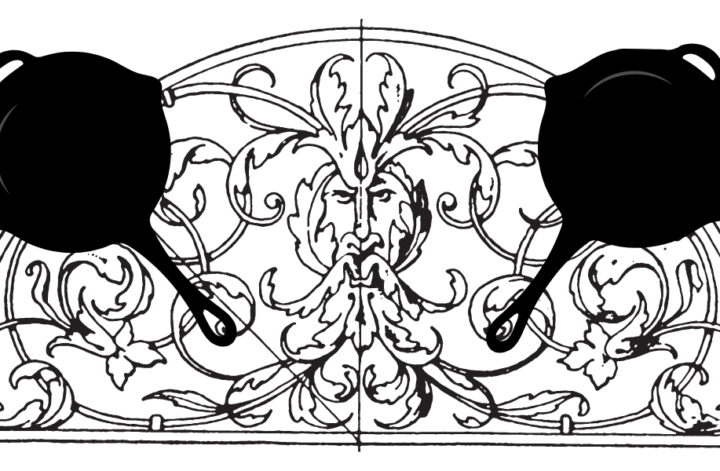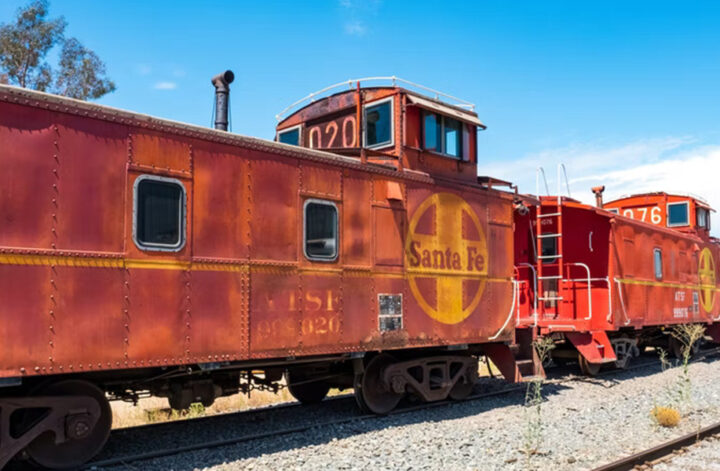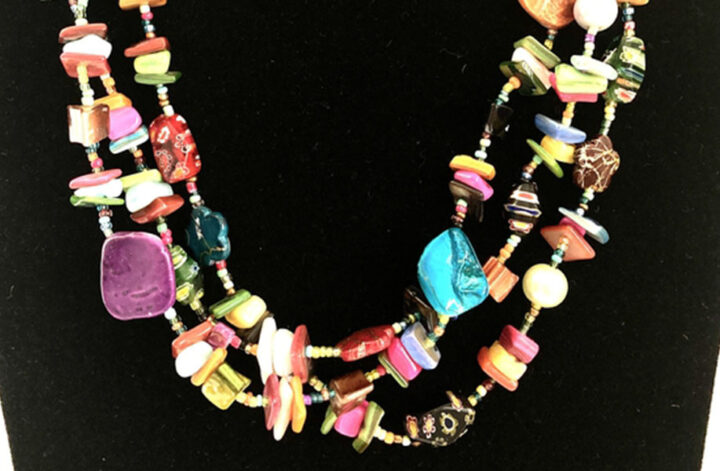The terms cast iron and wrought iron are sometimes used interchangeably. However, there is a great difference between the two. Both are made of a range of iron alloys and contain small amounts of impurities. Although they both have the name “iron,” they aren’t purely (elementally speaking) iron. The difference is solely based on how they are produced.
Cast Iron is essentially that – cast. The metal (iron) is heated to the melting point and poured into a mold (casting) and allowed to solidify.
Wrought Iron is iron that is heated and worked with tools. This term is misused a great deal these days as it is applied to machine bent pieces that are painted black. True wrought iron is hand worked or hand forged. Note on the term hand forged: a forge is what a blacksmith uses to heat metal to soften it in order to shape it. Hand forged means the metal was heated and shaped by hand (not a machine).
Examples of cast iron would be the frying pan your grandmother used, a doorstop, ornate benches, door knockers and even ladles. Often you will see mold marks, sharp edges, casting flash and smooth finishes that gives you the clue to casting.

Wrought iron examples are ornate gates, fences, stair railings, beds, bistro sets etc. When searching for true authentic vintage wrought iron pieces you will look for deviations in the design. Since they are hand bent, stretched and formed, there will be slight variances.

Once you understand how each is made, it’s a snap to tell cast iron and wrought iron apart. Both require the same care and have the same maintenance requirements based on how they are used (it’s unlikely you would season a garden gate the way you would a skillet).
There are lots of cast and wrought pieces of painted metal masquerading as cast iron and wrought iron, but there are two simple ways to tell if it’s the real thing. Look for flaking paint. And see if it’s magnetic. True cast and wrought iron are magnetic.



